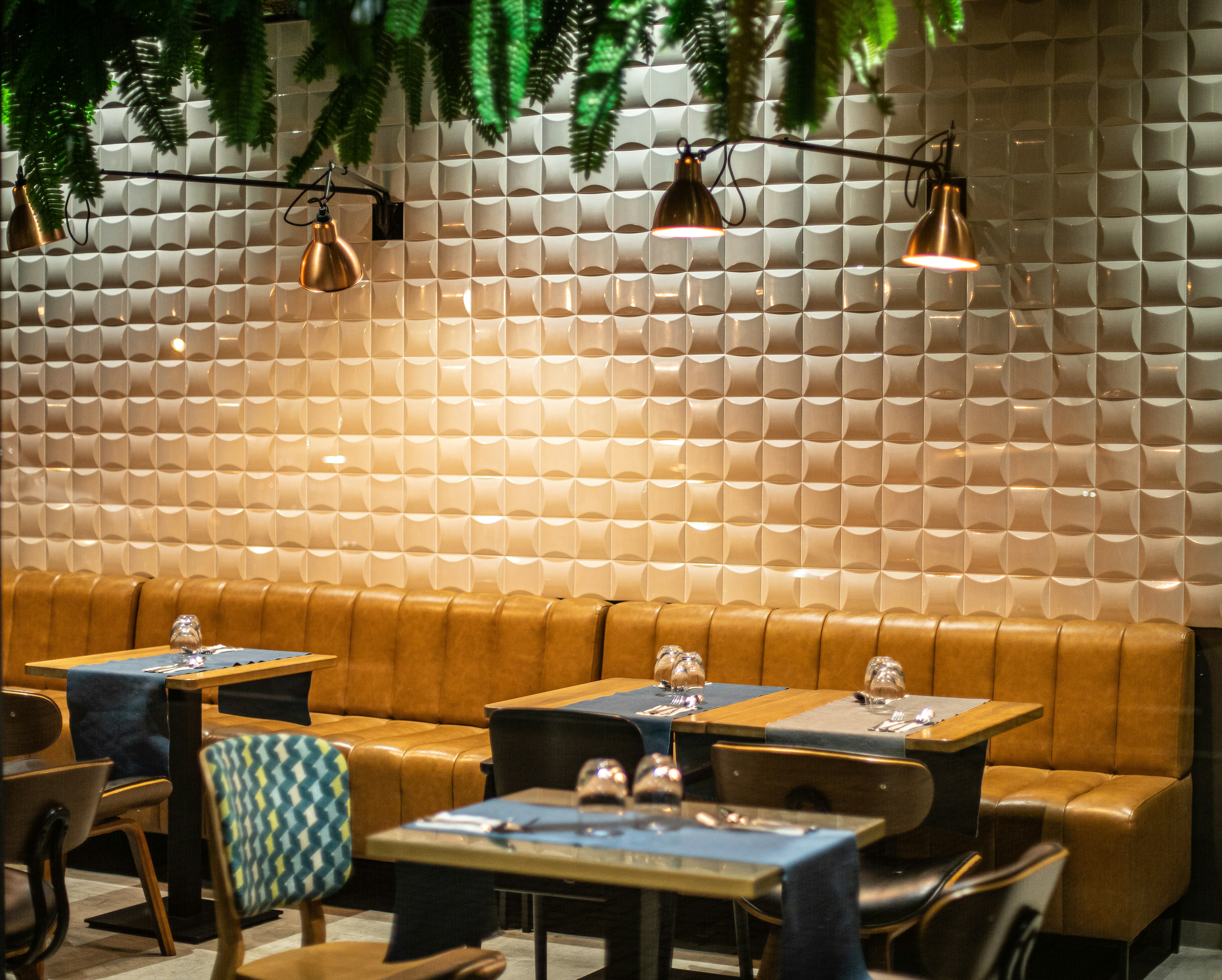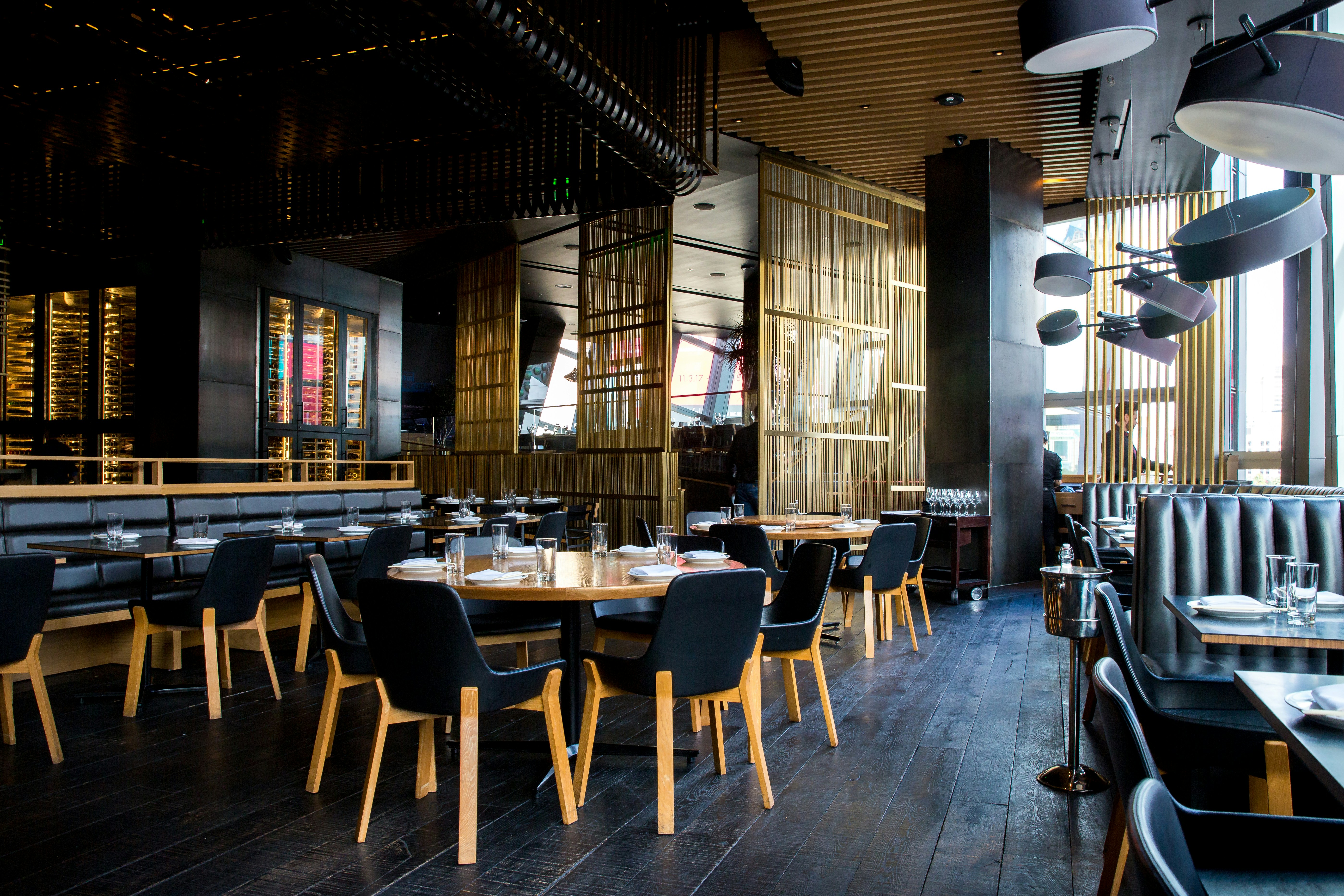Navigating Higher Costs: Strategies for Restaurant Operations in 2025
Discover how restaurants can adapt to rising costs due to tariffs and immigration restrictions while innovating menu offerings.

Photo by piotr szulawski on Unsplash
Understanding the Impact of Tariffs and Immigration Restrictions
Restaurants are facing the challenge of higher costs in 2025 due to a combination of tariffs on imported goods from countries like Mexico, Canada, and potentially China. These tariffs can lead to increased prices for essential commodities, impacting the overall cost of running a restaurant. Additionally, immigration restrictions can drive up labor costs, making it more challenging for restaurants to manage their operational expenses.

Photo by piotr szulawski on Unsplash
Strategies for Cost Management
In light of these challenges, restaurant owners need to implement effective cost management strategies. This may include optimizing inventory management to reduce wastage, renegotiating supplier contracts to secure better deals, and exploring technology solutions that streamline operations and improve efficiency. By closely monitoring expenses and identifying areas for savings, restaurants can mitigate the impact of rising costs.
Innovative Menu Development
To attract and retain customers amidst higher costs, restaurants can focus on menu innovation. One trend that has emerged is the incorporation of omakase-style menus in non-Japanese restaurants. Originally a concept in high-end Japanese dining, omakase allows chefs to create personalized multi-course menus, surprising and delighting guests. By offering unique dining experiences, restaurants can differentiate themselves and justify potential price adjustments.